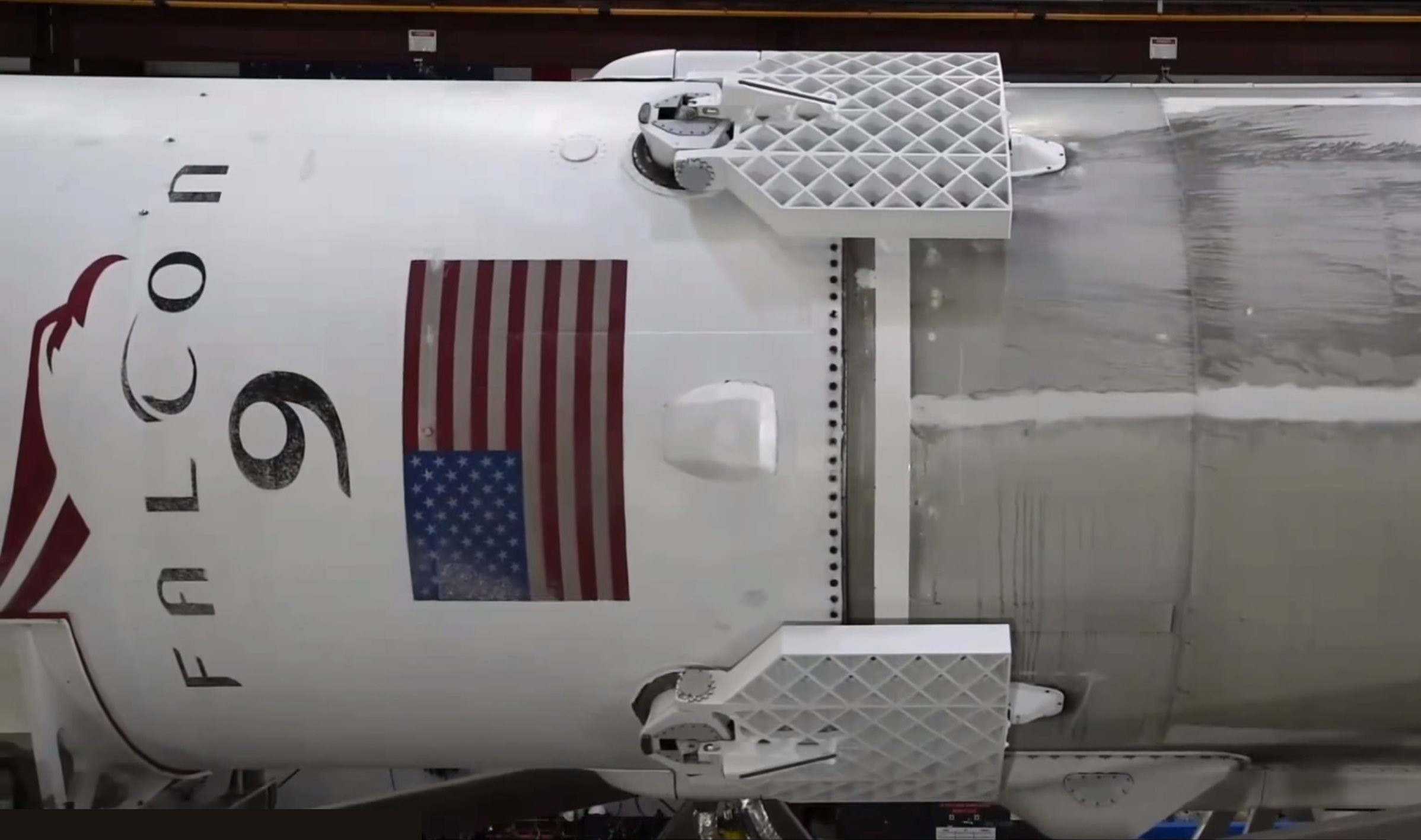
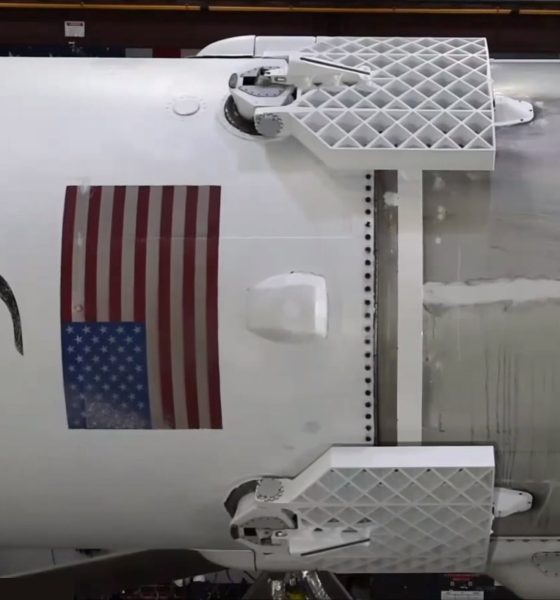
News
Hawthorne, we have a problem: SpaceX has too many boosters
Over the course of two years of concerted effort, SpaceX has matured its program of reusable rocketry into a truly staggering success. Over the 24 months since SpaceX first successful recovery of a Falcon 9 booster, there have been stumbles as recovery improved, but overall the company has accomplished 20 near-flawless landings of boosters over that period. Perhaps more impressively, following a handful of failed recovery attempts in 2016, SpaceX has successfully recovered 15 boosters without incident, with the vast majority of those attempts occurring in 2017.
2017 has ultimately been the best year yet for the launch company, marked by what will likely be 18 successful missions (after Iridium-4) for Falcon 9, five commercial reuses of flight-proven boosters, the activation of three essentially new launch facilities, and numerous additional accomplishments behind the scenes as the inaugural launches of Falcon Heavy and Crew Dragon rapidly approach. The success of reusability is arguably the sticking point here, and that success has meant that SpaceX rapidly accumulated a huge stock of recovered Falcon 9s, often to the extent that Elon Musk sometimes joked about running out of space for boosters.
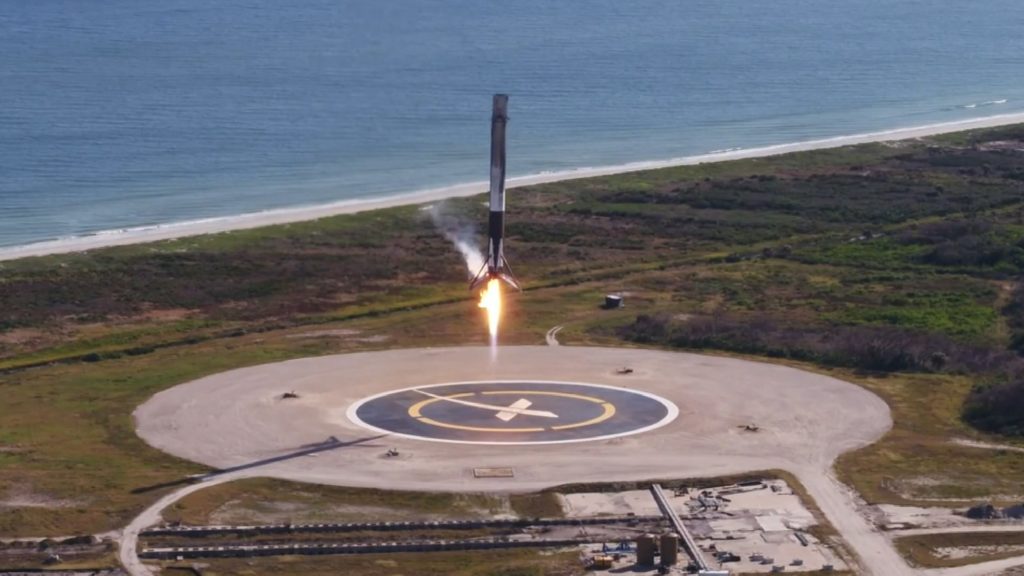
Falcon 9 1035 conducts its second landing after successfully launching CRS-13 on December 15. (NASA)
While it may not be immediately clear if SpaceX is legitimately running out of space with which to store its fleet of boosters, reports of first stages being mothballed or even scrapped suggest that space may indeed be at a premium, or at least indicate that SpaceX is growing increasingly pragmatic as its reuse expertise expands.
This is to say that while there may be room to store a few additional boosters, the reality is that older Block 3 Falcon 9s were simply not designed with an expectation that they would affordably survive multiple reuses. As such, it should come as little surprise that SpaceX is choosing to expend at least a couple of upcoming launches featuring reused boosters. As of December 19, public information indicates that the West Coast launch of Iridium-4 – scheduled for Dec. 22 – will not attempt first stage recovery. While somewhat sad, the decision is entirely rational, and it appears all but certain that Iridium-4 will at a minimum feature an attempt at fairing recovery aboard the highly-modified recovery vessel Mr. Steven.
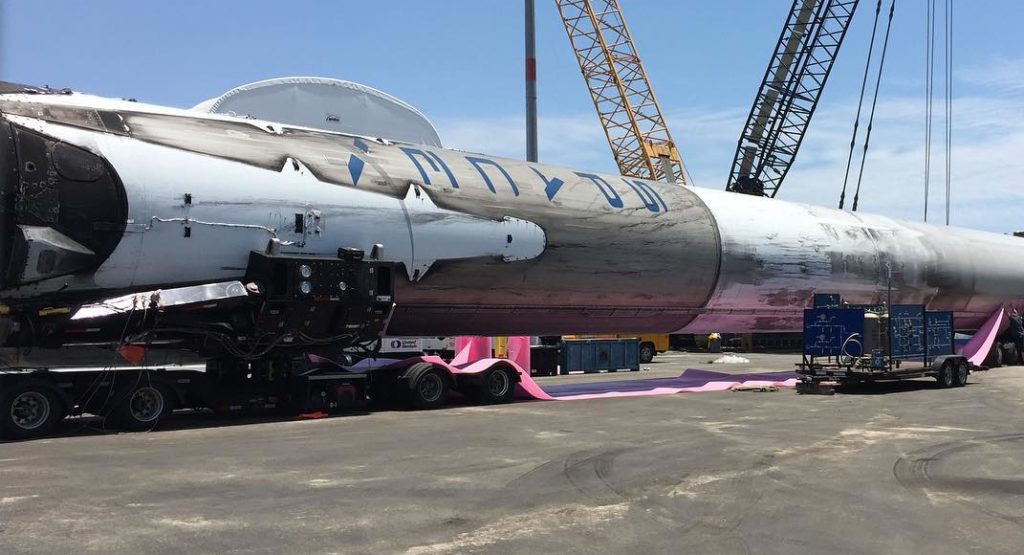
Instagram is an invaluable asset for core tracking, with a number of SpaceX-aware individuals reliably tagging their Falcon 9 finds. 1036, the Block 3 booster that launched Iridium-2 and will soon refly with Iridium-4 is pictured above. (Instagram/Luka Hargett)
Public Falcon 9 tracking efforts on forums like Reddit and NASASpaceflight indicate that Block 3 boosters include 1029-1038, all of which debuted with their first launches in 2017, beginning with Iridium-1 in January. Of those ten distinct boosters, only two currently lack any future missions, 1032 and 1038; SpaceX has essentially worked the Block 3 fleet to its end-of-life, and that end will be efficiently sped up by simply expending those final reused boosters if or when they are reflown, Iridium-4 included.
For now, we only use those on super hot reentry missions. Will go to all Ti with Falcon 9 V5, which is a few months away.
— Elon Musk (@elonmusk) December 17, 2017
Expending those older flight-proven boosters will allow SpaceX to both figuratively and literally replace Falcon 9’s less capable predecessors with Block 4s and eventually Block 5s, both of which are at least marginally more reusable than their predecessors. As reported by Musk himself a few days ago, Falcon 9 Block 5 is expected within a few months. Block 5 has seen considerable modifications made to Falcon 9, and all of those changes are intended to improve ease of reuse: SpaceX’s official goal for the upgrade is to enabled Falcon 9 first stages to be reflown as many as 10 times with little to no refurbishment and a lifespan of 100 flights with significant periodic refurbishment. As a result, it is possible that 2018 might feature a similar period of reused Block 4 launches sans any attempted recoveries.
In the meantime, we can wish the fairing recovery teams the best of luck and mourn several of the pioneers of reusable rocketry. Here’s to hoping that we are treated to a live view of each booster’s demise in homage to their achievements.

News
Rivian unveils self-driving chip and autonomy plans to compete with Tesla
Rivian, a mainstay in the world of electric vehicle startups, said it plans to roll out an Autonomy+ subscription and one-time purchase program, priced at $49.99 per month and $2,500 up front, respectively, for access to its self-driving suite.
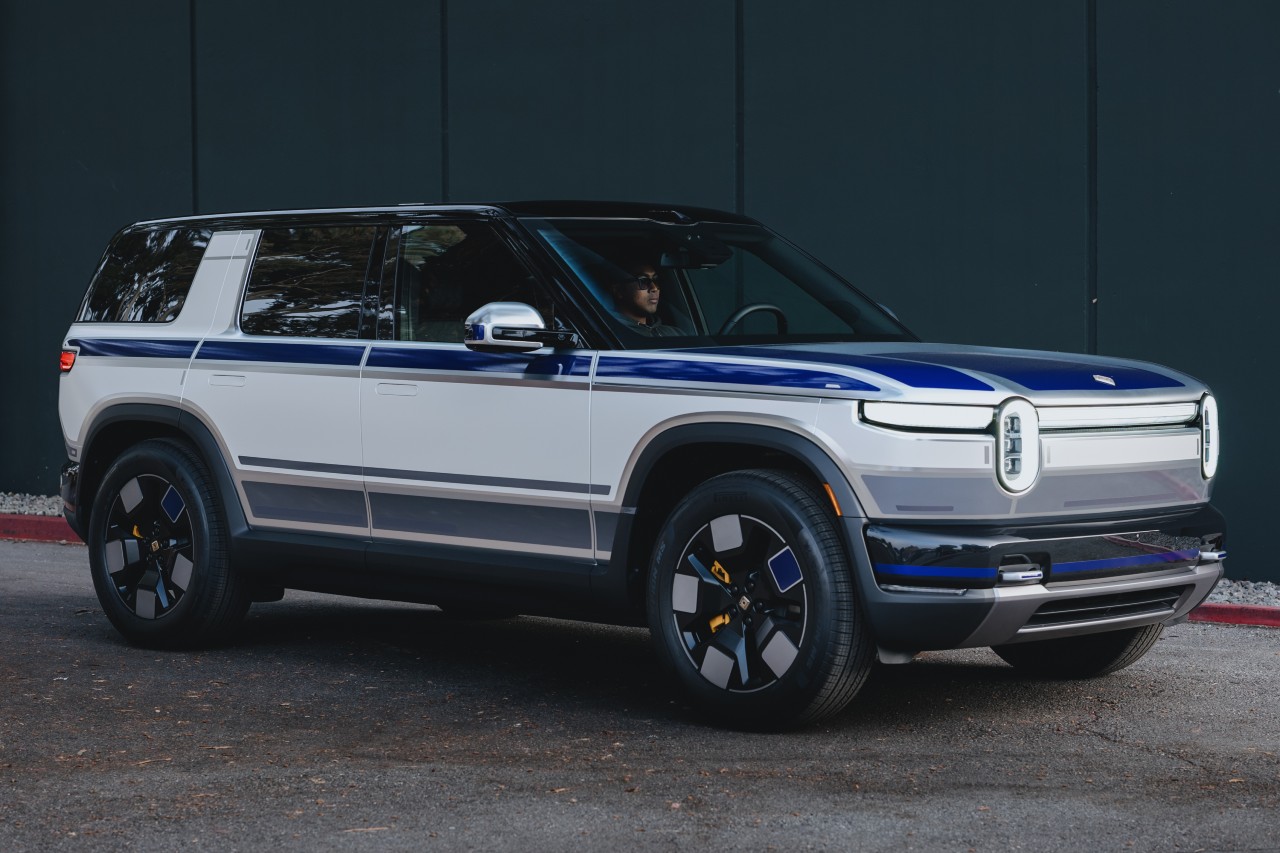
Rivian unveiled its self-driving chip and autonomy plans to compete with Tesla and others at its AI and Autonomy Day on Thursday in Palo Alto, California.
Rivian, a mainstay in the world of electric vehicle startups, said it plans to roll out an Autonomy+ subscription and one-time purchase program, priced at $49.99 per month and $2,500 up front, respectively, for access to its self-driving suite.
CEO RJ Scaringe said it will learn and become more confident and robust as more miles are driven and it gathers more data. This is what Tesla uses through a neural network, as it uses deep learning to improve with every mile traveled.
He said:
“I couldn’t be more excited for the work our teams are driving in autonomy and AI. Our updated hardware platform, which includes our in-house 1600 sparse TOPS inference chip, will enable us to achieve dramatic progress in self-driving to ultimately deliver on our goal of delivering L4. This represents an inflection point for the ownership experience – ultimately being able to give customers their time back when in the car.”
At first, Rivian plans to offer the service to personally-owned vehicles, and not operate as a ride-hailing service. However, ride-sharing is in the plans for the future, he said:
“While our initial focus will be on personally owned vehicles, which today represent a vast majority of the miles to the United States, this also enables us to pursue opportunities in the rideshare space.”
The Hardware
Rivian is not using a vision-only approach as Tesla does, and instead will rely on 11 cameras, five radar sensors, and a single LiDAR that will face forward.
It is also developing a chip in-house, which will be manufactured by TSMC, a supplier of Tesla’s as well. The chip will be known as RAP1 and will be about 50 times as powerful as the chip that is currently in Rivian vehicles. It will also do more than 800 trillion calculations every second.
Meet the Rivian Autonomy Processor.
Fast, smart, scalable and purpose-built for autonomous driving and the world of physical AI. Hitting the open road in 2026. pic.twitter.com/0wYXi5WKy7
— Rivian (@Rivian) December 11, 2025
RAP1 powers the Autonomy Compute Module 3, known as ACM3, which is Rivian’s third-generation autonomy computer.
ACM3 specs include:
- 1600 sparse INT8 TOPS (Trillion Operations Per Second).
- The processing power of 5 billion pixels per second.
- RAP1 features RivLink, a low-latency interconnect technology allowing chips to be connected to multiply processing power, making it inherently extensible.
- RAP1 is enabled by an in-house developed AI compiler and platform software
As far as LiDAR, Rivian plans to use it in forthcoming R2 cars to enable SAE Level 4 automated driving, which would allow people to sit in the back and, according to the agency’s ratings, “will not require you to take over driving.”
More Details
Rivian said it will also roll out advancements to the second-generation R1 vehicles in the near term with the addition of UHF, or Universal Hands-Free, which will be available on over 3.5 million miles of roadway in the U.S. and Canada.
More than any other feature, our owners have asked for more hands-free miles.
With Universal Hands-Free, you can now enjoy hands-free assisted driving on any road with clearly defined lanes. That’s roughly 3.5 million miles in the U.S. and Canada.
Look for it in our next… pic.twitter.com/ZFhwVzvt6b
— Rivian (@Rivian) December 11, 2025
Rivian will now join the competitive ranks with Tesla, Waymo, Zoox, and others, who are all in the race for autonomy.
News
Tesla partners with Lemonade for new insurance program
Tesla recently was offered “almost free” coverage for Full Self-Driving by Lemonade’s Shai Wininger, President and Co-founder, who said it would be “happy to explore insuring Tesla FSD miles for (almost) free.”

Tesla owners in California, Oregon, and Arizona can now use Lemonade Insurance, the firm that recently said it could cover Full Self-Driving miles for “almost free.”
Lemonade, which offered the new service through its app, has three distinct advantages, it says:
- Direct Connection for no telematics device needed
- Better customer service
- Smarter pricing
The company is known for offering unique, fee-based insurance rates through AI, and instead of keeping unclaimed premiums, it offers coverage through a flat free upfront. The leftover funds are donated to charities by its policyholders.
On Thursday, it announced that cars in three states would be able to be connected directly to the car through its smartphone app, enabling easier access to insurance factors through telematics:
Lemonade customers who own @Tesla vehicles in California, Oregon, and Arizona can now connect their cars directly to the Lemonade app! ⚡🚘
Direct connection = no telematics device needed 📵
Better customer experience 💃
Smarter pricing with Lemonade 🧠This is a game-changer… pic.twitter.com/jbabxZWT4t
— Lemonade (@Lemonade_Inc) December 11, 2025
Tesla recently was offered “almost free” coverage for Full Self-Driving by Lemonade’s Shai Wininger, President and Co-founder, who said it would be “happy to explore insuring Tesla FSD miles for (almost) free.”
The strategy would be one of the most unique, as it would provide Tesla drivers with stable, accurate, and consistent insurance rates, while also incentivizing owners to utilize Full Self-Driving for their travel miles.
Tesla Full Self-Driving gets an offer to be insured for ‘almost free’
This would make FSD more cost-effective for owners and contribute to the company’s data collection efforts.
Data also backs Tesla Full Self-Driving’s advantages as a safety net for drivers. Recent figures indicate it was nine times less likely to be in an accident compared to the national average, registering an accident every 6.36 million miles. The NHTSA says a crash occurs approximately every 702,000 miles.
Tesla also offers its own in-house insurance program, which is currently offered in twelve states so far. The company is attempting to enter more areas of the U.S., with recent filings indicating the company wants to enter Florida and offer insurance to drivers in that state.
News
Tesla Model Y gets hefty discounts and more in final sales push
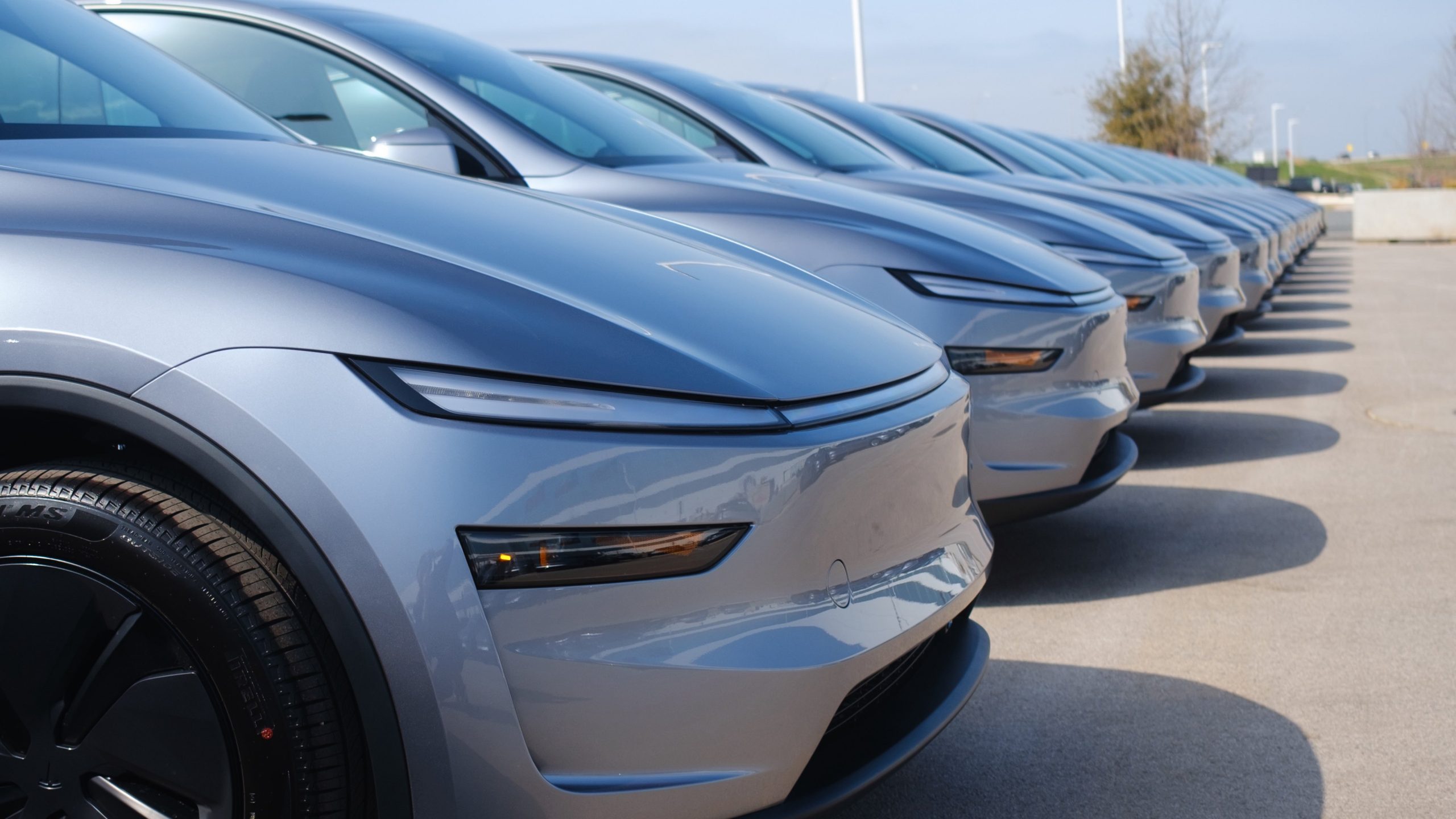
Tesla Model Y configurations are getting hefty discounts and more benefits as the company is in the phase of its final sales push for the year.
Tesla is offering up to $1,500 off new Model Y Standard trims that are available in inventory in the United States. Additionally, Tesla is giving up to $2,000 off the Premium trims of the Model Y. There is also one free upgrade included, such as a paint color or interior color, at no additional charge.
NEWS: Tesla is now offering discounts of up to $1,500 off new Model Y Standard vehicles in U.S. inventory. Discounts of up to $2,000 are also being offered on Model Y Premiums.
These discounts are in addition to the one free upgrade you get (such as Diamond Black paint) on… pic.twitter.com/L0RMtjmtK0
— Sawyer Merritt (@SawyerMerritt) December 10, 2025
Tesla is hoping to bolster a relatively strong performance through the first three quarters of the year, with over 1.2 million cars delivered through the first three quarters.
This is about four percent under what the company reported through the same time period last year, as it was about 75,000 vehicles ahead in 2024.
However, Q3 was the company’s best quarterly performance of all time, and it surged because of the loss of the $7,500 EV tax credit, which was eliminated in September. The imminent removal of the credit led to many buyers flocking to Tesla showrooms to take advantage of the discount, which led to a strong quarter for the company.
2024 was the first year in the 2020s when Tesla did not experience a year-over-year delivery growth, as it saw a 1 percent slide from 2023. The previous years saw huge growth, with the biggest coming from 2020 to 2021, when Tesla had an 87 percent delivery growth.
This year, it is expected to be a second consecutive slide, with a drop of potentially 8 percent, if it manages to deliver 1.65 million cars, which is where Grok projects the automaker to end up.
Tesla will likely return to its annual growth rate in the coming years, but the focus is becoming less about delivery figures and more about autonomy, a major contributor to the company’s valuation. As AI continues to become more refined, Tesla will apply these principles to its Full Self-Driving efforts, as well as the Optimus humanoid robot project.
Will Tesla thrive without the EV tax credit? Five reasons why they might
These discounts should help incentivize some buyers to pull the trigger on a vehicle before the year ends. It will also be interesting to see if the adjusted EV tax credit rules, which allowed deliveries to occur after the September 30 cutoff date, along with these discounts, will have a positive impact.








